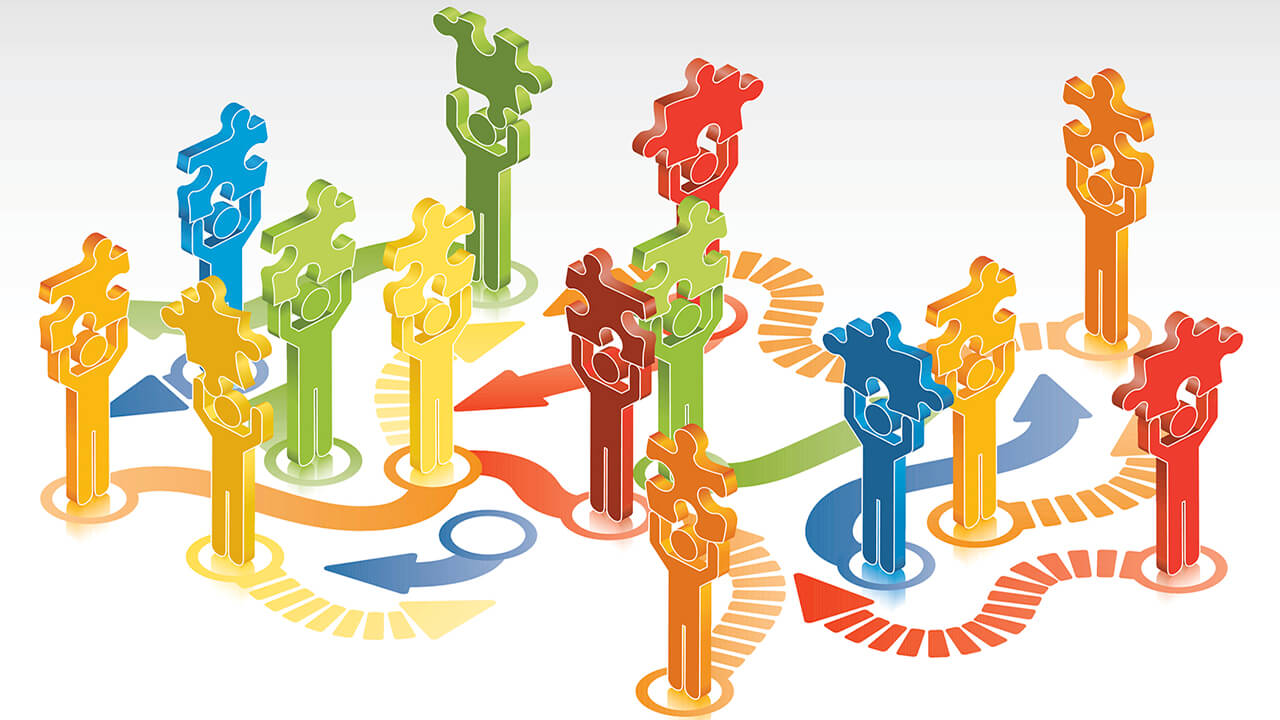The Value of Workflow When Pursuing Digitization for Loan Servicing
The mortgage industry’s latest buzz word is “digital mortgage,” a novel term for the ongoing pursuit to remove paper from the process. However, this...

A carpenter’s workshop is their toolbox. Within it, there are power drills which make it easier than a screwdriver to drill a screw into hardwood. There is a nail gun which drives a nail into a piece of wood in one shot versus swinging a hammer multiple times. They may even have a bandsaw which helps them make more precise cuts than a hand saw. The tools within a carpenter’s toolbox enable them to build things quickly, precisely, and more efficiently.
Now think of workflow as a tool in your company’s toolbox. What is Workflow? Workflow is a systematic distribution of tasks, information, and documents to users of other groups for action, according to a predefined set of business rules. Below are 6 ways workflow can be one of the most powerful tools in your business’s toolbox.
Business processes are transformed into a workflow by breaking down and clearly defining each action in a process. Decisions are no longer subjective and processes are now consistent and repeatable. Everyone follows the same process for the same task. Workflow removes the ambiguity of how a task should be carried out.
A critical part of workflow is data driven decisions. Workflow decisions are based on a predefined set of rules. Your organization defines these decision points and the subsequent actions resulting. The rule logic is incorporated and the result is a workable, efficient, automated workflow that is compliant with corporate and regulatory policy.
A user’s experience and the data presented will change based on information provided to the workflow. Workflow triggers actions based on what has already transpired and what data elements have been captured along the way. The workflow determines the next step and presents the user with the tools needed to complete the task. What is displayed to the user changes in real time, keeping the UI relevant, focused, and easy to use.
Workflow provides an unobstructed view into the operational status of an organization. Employees can quickly view tasks within their pipeline, supervisors can monitor departmental workload, and executives can identify organizational trends. Complete lifecycle visibility helps companies identify potential problems, streamline operations, and highlight efficiencies.
With access to centralized data, images, documents, and notes related to a workflow, employees have a comprehensive view into the preceding actions and events that led up to the current status. Audit trails ensure compliance with regulatory and company policy have occurred. Through increased transparency and auditability, workflow holds departments and employees responsible that the proper steps have been executed.
Workflow is repeatable. Its repetitive nature provides organizational consistency, reduces human error, improves quality, decreases risk of forgetting steps, and eliminates unnecessary redundancy. The result is increasing your company’s operational efficiency, freeing up resources for other tasks. Workflow fosters the ability to be customer centric by automating tasks that people no longer have to touch.
Do you have workflow in your toolbox? If not, it’s time to add CLARIFIRE®. CLARIFIRE is an interactive, workflow automation platform that distributes work, exceptions, images, and data across organizations. For over 10 years CLARIFIRE has helped organizations automate processes to target operation goals with consistency, efficiency, and visibility.
Jane has applied her vast experience (over 25 years) operating process-driven businesses to successfully redefine client-focused service. Jane has worked with expert programmers to apply cutting-edge web-based technology to automate complex processes in industries such as Financial Services, Healthcare and enterprise workflow. Her vision confirms Clarifire's trajectory as a successful, scaling, Software-as-a-Service (SaaS) provider. A University of South Florida graduate, Jane has received many awards related to her entrepreneurial skills.
Like this article? Feel free to share this with a friend or colleague!

The mortgage industry’s latest buzz word is “digital mortgage,” a novel term for the ongoing pursuit to remove paper from the process. However, this...

The term “workflow” isn’t new to the world of software. It’s used to describe how organizations are streamlining their business processes with...

Artificial Intelligence (AI) has revolutionized the mindset of mortgage servicers regarding data. It can predict borrower behavior, exposing risk...